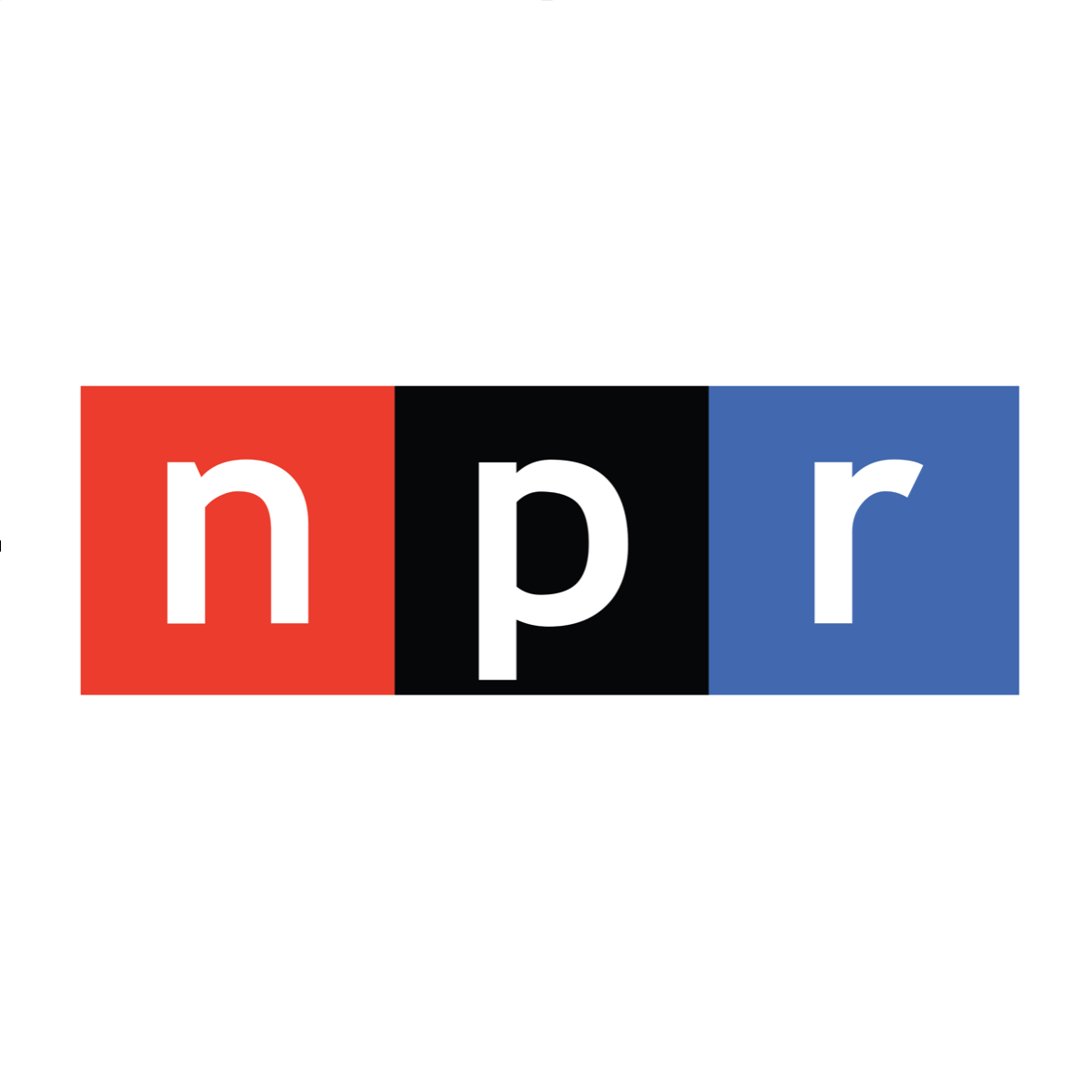Contemporary R&B’s status and clout in today’s music world is inevitably linked with that of hip-hop. It was hip-hop that brought R&B samples back from the dust of history; hip-hop that made R&B not just cool but gangster with the likes of Biggie Smalls; and hip-hop that leveraged its star power and popularity to bring slow jams back to the urban mainstream. Now, in a subtle way, we see R&B subverting hip-hop. Drake, Kendrick, Kanye, Mac Miller, all the superhuman names of music have made a healthy collection of hits embracing the genre. It seems the quicksand of love and the lush character of R&B’s sound was too consuming to casually dance on its surface. Not to say that the spectra of Michael Jackson and Quincy Jones didn’t come out of music’s meat grinder unscathed. No, R&B has grown out of teenage heartthrob, got some tattoos, and collected stories of street and sorrow.
It started in the late 90s with incredible talents like Lauryn Hill, Erykah Badu, and TLC who imposed a soulful, hip-hop, beat centred style to make the transition from Barry White and Luther Vandross. While Chris Brown and R.Kelly may have hijacked the genre with their hyper-sex pop for a few solar evolutions, R&B’s North Star has always been pointing towards a constellation of hip-hop. Flash forward to the 2020 Grammy Awards for a bit of insight, keeping in mind the awards tend to drag their feet on taste and style. Anderson .Paak took home the golden gramophone, but look at the nominees; BJ the Chicago Kid, Lucky Daye, Ella Mai, PJ Morton. At least half of these artists and their discographies could be tagged a form hip-hop.
So what does all this mean for today’s R&B ? For one, it means kids like me who grew up on hip-hop can start to lean into R&B’s finest and find something to hold onto. It also speaks to the predominance of hip-hop; take a look at pop over the last 10 years and you might find a similar story. Finally, it’s a gentle reminder of the artificial nature of genres, and the lines we draw in the sand that are moved by ocean, tide, and time.
One thing is for sure, R&B is now bumping shoulders to the front lines of America’s favorite music. Will the trend follow beyond the Occident? There are some signs in the French hip-hop scene, Brazilian Indie, and K-Pop slow jams that suggest, “yes”. And that’s why R&B is so powerful, it’s a sound so difficult to define, but immediately identifiable once you hear it. It’s worth noting, when Jerry Wexler first coined the term “rhythm and blues” for Billboard magazine back in 1949, it was a politically correct substitute for “black music”. What does that mean today ? It means soul, funk, gospel, jazz, rock’n’roll, hip-hop, and everything we love bumping out the speakers. With this in mind, it’s no surprise how flexible and powerful R&B remains in popular music despite the hip-hop juggernaut.
Whether it’s hip-hop today, or the J-Pop and afrobeats of tomorrow, R&B will always have it’s soft, sweet, and lush space in contemporary music.







.jpg)
